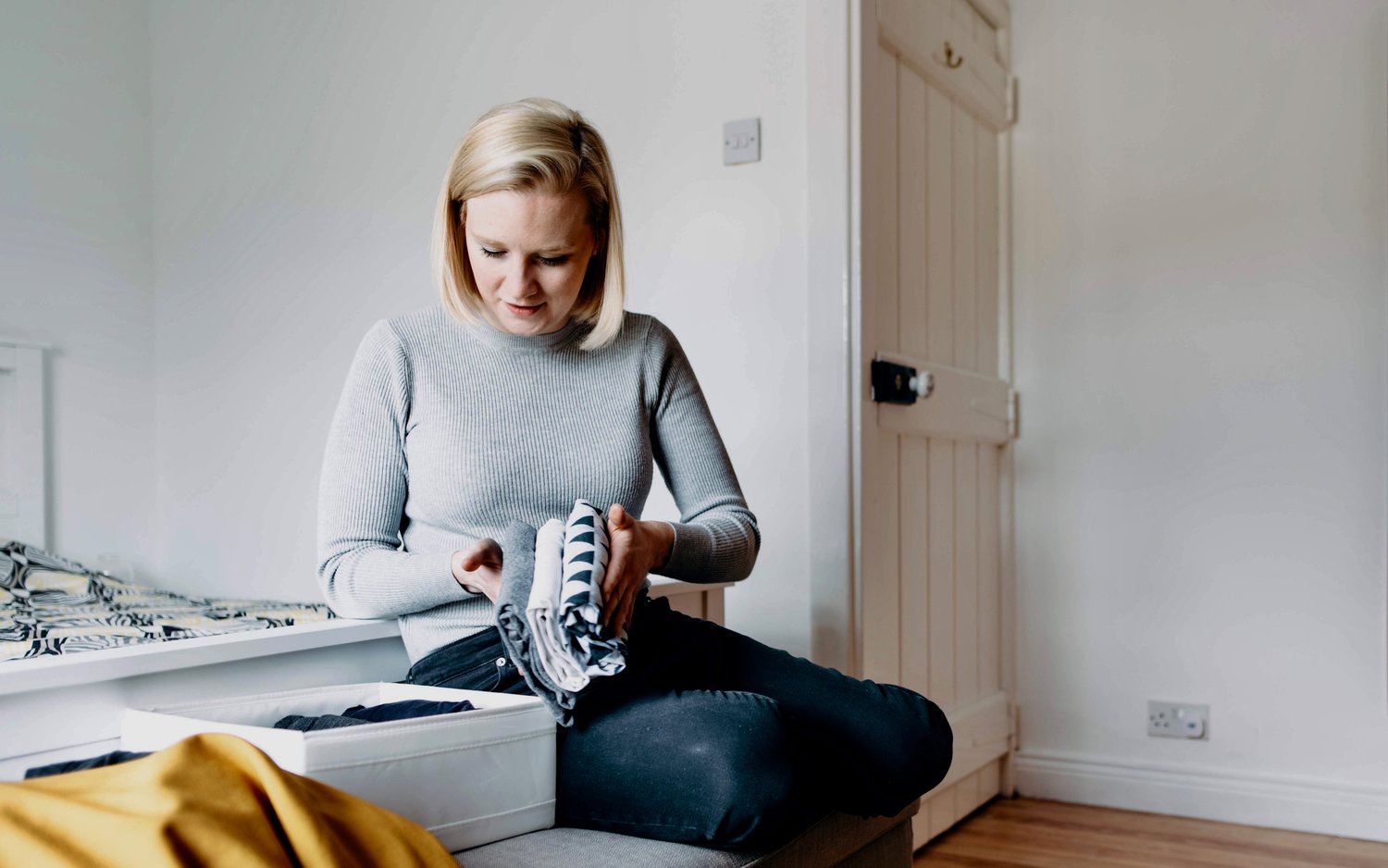Composting: One solution to food waste
The UN estimates that by 2050 global food production will have to increase by close to 70% if we want to feed the world.
This poses a real conundrum: How do we feed all those people healthy diets, in ways that don’t harm the planet?
In some cases, innovators in this space are doing what was once science fiction. The outcome of these new technologies has profound implications for the human diet, the changing climate, and the global economy.
How to Make Compost at Home
What do banana peels, dead leaves, and cow poop all have in common? If you’re thinking nutrients for the garden, you’d be right. Making your own compost adds nutrient-dense soil to your garden and saves money and resources. Who doesn’t love that idea? Compost is easy to get started, and you probably have scraps and compost-friendly items already. So throw them in and learn how to make your compost at home.
Benefits of Making Your Own Compost
Making your own compost is one of those projects that keeps on giving. Aside from the obvious supply of soil for your garden, making your compost at home also means your garden won’t need to be fertilized as frequently. Frequent use of commercial fertilizers can end up doing more harm than good in your garden, so using your own compost adds beneficial microbes and nutrients without the harsh chemicals.
Think about cost, too. Making your own compost means saving money in the long run. Initially, you might spend to get your compost up and running, but as you add to it, you won’t be buying bagged soils as often.
And speaking of saving, you can keep so many biodegradables out of landfills. More than just food scraps can be thrown into your compost. Plain paper towels and napkins, nail clippings, your hair — things like this are what you’re saving from your trash bin, which ends up in a landfill. No more unnecessary waste.
Plus, you can ensure you’re giving your garden nutrient-dense and healthy soil.
Types of Compost You Can Make at Home
There are quite a few options when it comes to making your own compost. From worm bins to homemade compost tea, there’s no one way to enrich your compost.
One of the easiest and most affordable methods of homemade compost is creating a compost pile. This is just what it sounds like: a large pile of compost. Use this type of compost method in a spot out of the way in your yard, and that’s basically it. Mix up your pile a few times a week, make sure it’s moist, and you have one of the most simple homemade compost methods.

Start a compost pile at home in a shady spot. Add to it everyday, and turn a few times a week.
A worm farm is a great composting option. Worms will give you nutrient-rich castings, which plants absolutely love. Make your own worm bin very easily with a couple of plastic storage totes, and a cup of worms. Your worms will eat your kitchen scraps too, so it’s another great way to reduce waste.

Keeping a worm farm is an easy way to build compost.
If you have friends or family with horses, cows, chickens, or other livestock, or you live in an area where you’re near some, collect the manure to add to your homemade compost. Most farms and ranches are more than happy to donate their animals’ poop. It’s a win-win.
You can also make compost tea. This is a nutrient-rich liquid that can be used much like a fertilizer in your garden. Simply fill a gallon jug with water, molasses, sprinkle in some soil, sawdust, or plain mulch, and then add some food scraps and shake. Let that sit and ferment for a few days and add it to your compost.
You can also do this with canned fish like sardines, or remnant fish parts and make a fish emulsion: just add fish to your water mix rather than the food scraps. Plants love dead fish juice. If you ever need an organic fertilizer or want to give your compost a nutrient boost, fish emulsion is a life saver.
Items You Can Use in Your Compost
It’s kind of mind-blowing, really, when you think about how many of the items needed to make rich compost can be found around your home. Below is a list of different items that can be added to your compost which will increase the variety of nutrient content.

Making your compost at home means reducing kitchen waste — win-win!
- The most common household items that we think to compost first are of course our kitchen scraps. Fruits, veggies, eggshells, coffee grounds, and used tea bags are all safe to use in your compost.
- Paper products like paper towels and napkins (no prints), coffee filters, newspaper, cardboard, printer and notebook paper can all be added to your compost. Those flimsy paper plates are good, too. Be sure the paper items you’re adding don’t have glossy, colored finishes, as the chemicals can break down into your compost.
- Plant debris like grass clippings, wood chips, straw, hedge trimmings, weeds (with no seed heads), those leaves you just raked up, and spent cut flowers can all be added to your compost to give it a nitrogen boost.
- Hair can safely be added as long as there haven’t been any chemicals applied to it. So the next time you clean your hair brush, or even your pet’s hair brush, add that hair to your compost. Again, make sure the hair hasn’t been exposed to chemicals like flea medication, hairspray, or chemical dyes.

Throw your garden clippings in your compost as long as there are no harmful chemicals.
As mentioned, this list is not exhaustive, and you’d be surprised how quickly these things add up when you’re paying attention. Even aquarium water (freshwater) and boiled pasta water are good for the compost. As long as your compost items are natural and don’t contain any harmful toxins, you’re safe using hundreds of different items.
How to Make Your Own Compost at Home
Use this easy step-by-step process to start your compost, and keep it in mind when adding new items and making new composts.
1. Prep the area you’ll be using to store your compost.
If you’re making a compost pile, your area should be one that’s out of the way and won’t directly interfere with movement in the garden. Whether you purchase a composter or build your own, the area where you store your bin should be easily accessible. With either option, your area needs to be fully shaded. Too much sun can dry out your compost. You want warm and moist — yes, I said it.
2. Begin your first compost layer.
The first layer should be a soil-based medium. It needs to be a thick layer to get decomposition of your compost items started. Reusing leftover soil from spent pots is a great way to create this first layer. If you’re making a compost pile at home, spread out the soil layer. If you’re using a composter, fill the composter about a ¼ full with your first layer. Wet the medium thoroughly.

Building your own compost bin is another way to save money on composting at home.
3. Add your kitchen and food scraps, manure, or any plant-based material.
In this step, you’ll be adding all the good stuff you’ve collected for your compost. Food scraps, paper products, your lawn clippings and wood chips — add whatever you have collected and soak it all down with your hose. Mix it well and let it sit.
4. Keep adding to your compost.
Keep adding layers of food scraps, plant debris, and paper biodegradables to your compost. In between each layer of scrap, add a layer of soil-based medium to keep in moisture and heat. Add water when it looks dry and mix it up once a week.

Use your finished compost in container gardens, in-ground gardens, and for growing the perfect fruits, veggies, and herbs!
It’s really that simple. It’s an enjoyable process for me, as I get to watch the soil form from all the scrap. There are so many benefits to making your compost at home — you just need to get started.



